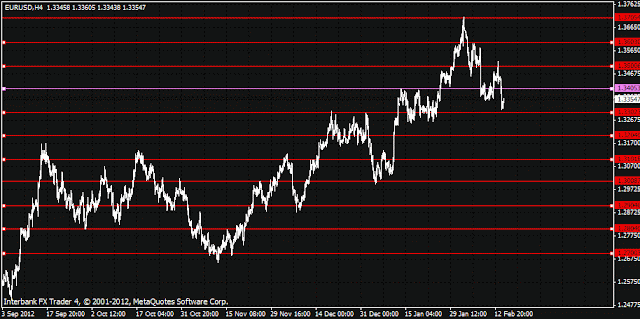Abstract:
The objective of this paper is describe a new paradigm for the trading of equities. In our formulation, the control corresponds to a feedback law which modulates the amount invested I(t) in stock over time. The controller also includes a saturation limit Imax corresponding to a limit on the value at risk. The admissible stock price evolution p(t) over time is modelled as a family P of uncertain inputs against which we seek robust returns. Motivated by the fact that back-testing of candidate trading strategies involves significant cost and effort associated with computational simulation over sufficiently diverse markets, our paradigm involves the notion of synthetic prices and some idealizations involving the volatility of prices and trading liquidity. Our point of view is that a robust performance certification in this somewhat idealized market setting serves as a filter to determine if a trading strategy is worthy of the considerable time and expense associated with full-scale back-testing. The paper also includes a description of a so-called saturation reset controller. This controller is used to illustrate how the model works in practice and the attainment of robustness objectives over various sub-classes of P.
The objective of this paper is describe a new paradigm for the trading of equities. In our formulation, the control corresponds to a feedback law which modulates the amount invested I(t) in stock over time. The controller also includes a saturation limit Imax corresponding to a limit on the value at risk. The admissible stock price evolution p(t) over time is modelled as a family P of uncertain inputs against which we seek robust returns. Motivated by the fact that back-testing of candidate trading strategies involves significant cost and effort associated with computational simulation over sufficiently diverse markets, our paradigm involves the notion of synthetic prices and some idealizations involving the volatility of prices and trading liquidity. Our point of view is that a robust performance certification in this somewhat idealized market setting serves as a filter to determine if a trading strategy is worthy of the considerable time and expense associated with full-scale back-testing. The paper also includes a description of a so-called saturation reset controller. This controller is used to illustrate how the model works in practice and the attainment of robustness objectives over various sub-classes of P.
Author: B. Ross Barmish
Here you can watch a video.






